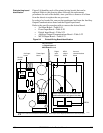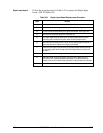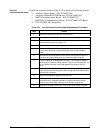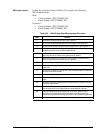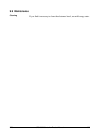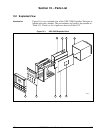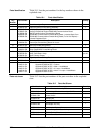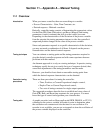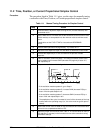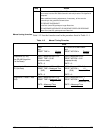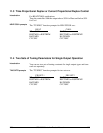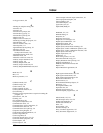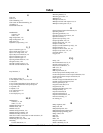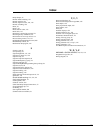
4/00 UDC 3300 Controller Product Manual 273
Section 11 – Appendix A – Manual Tuning
11.1 Overview
Introduction
When you tune a controller, there are some things to consider:
• Process Characteristics - Gain, Time Constants, etc.
• Desired response - Minimal overshoot
Basically, controller tuning consists of determining the appropriate values
for the Gain (PB), Rate (Derivative), and Reset (Integral) time tuning
parameters (control constants) that will give the control you want.
Depending on the characteristics of the deviation of the process variable
from the setpoint, the tuning parameters interact to alter the controller’s
output and produce changes in the value of the process variable.
Since each parameter responds to a specific characteristic of the deviation,
you may not need a combination of all three. It depends on the process
characteristics and the desired control response.
Tuning technique
You can estimate a starting point and the tuning parameters required to
give the desired controller response and with some experience become
proficient with this method.
An alternate approach is to rely on a tuning technique. In practice, tuning
techniques usually do not give exactly the type of response desired; thus,
some final adjustments to the tuning parameters must be made.
However, you should at least obtain a reasonable starting point from
which the desired response characteristics can be obtained.
Controller tuning
procedures
There are three procedures for tuning the controller:
• Time, Position, or Current Proportional simplex control,
• Duplex Time or Current Proportional control,
• Two sets of tuning constants for single output operation.
The suggested procedures describe how to establish and store values of
Gain (PB), Rate, and Reset time constants for your process. You must
know the type of control and algorithm your controller has.
Tuning aids
A graphic recorder (such as Honeywell model DPR, DR4500, or VP131)
connected to the process variable will make it easier to determine when
the oscillations are constant and also the time for one oscillation. If a
recorder is not available, you can use a stopwatch to time the oscillation of
the process variable displayed on the controller.



